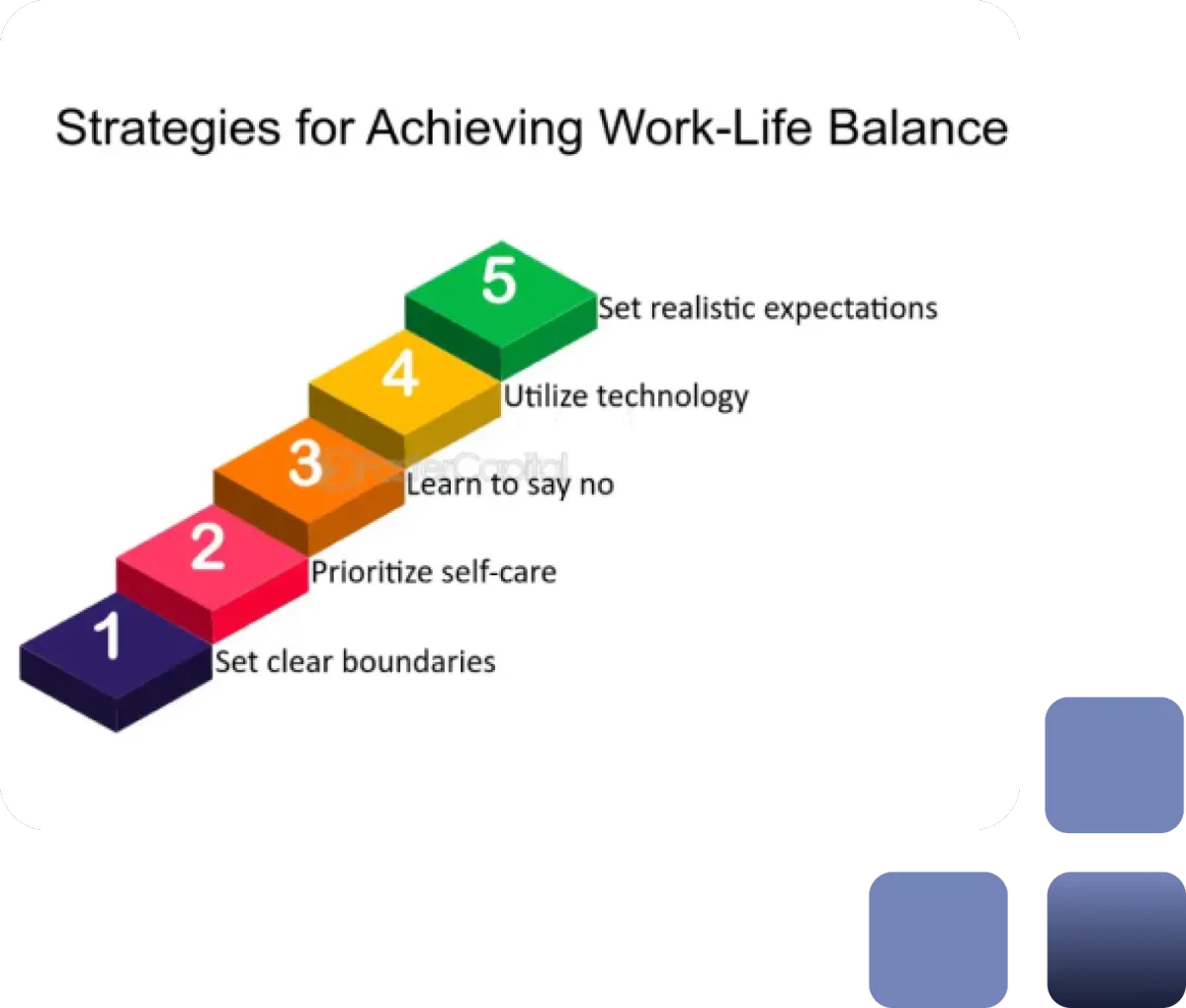Carly Hill Takes you From Therapist to Coach with 3x the income
Effective Dual Role Management in Therapy and Coaching

FSDAVCFEBFEVSDDVFSD

FSDAVCFEBFEVSDDVFSD

FSDAVCFEBFEVSDDVFSD
Balancing Therapy and Coaching Roles

Many professionals in the mental health and wellness fields are now embracing dual roles, combining therapy with coaching. This dual career path allows them to maximize their impact on clients by leveraging the therapeutic skills of deep listening and healing with the goal-oriented, actionable strategies of coaching.
Managing these roles effectively is key to balancing therapy and coaching duties, increasing their personal development and career satisfaction while also providing enriched, comprehensive care to their clients. Successfully integrating these roles demands careful time management, clear boundary setting, and ongoing self-care to prevent burnout. The synergy between therapy and coaching can lead to a fulfilling, dynamic professional life where personal growth and client success go hand in hand, promoting effective dual roles.

Dual Practice Management Methods
Professionals who manage both therapy and coaching roles often face challenges in dual practice management, including role conflicts and stress due to overlapping duties. These conflicts can lead to confusion both for the professionals and their clients, as expectations and methods may differ between the two practices. Balancing these roles requires a distinct set of strategies to prevent the blending of methodologies that might not always align well.
The stress from managing these dual roles can significantly impact a professional's health and job performance. Without effective management strategies, the constant switch between roles can lead to mental fatigue and reduced effectiveness in providing care. This may diminish the quality of work in both areas, affecting client outcomes and professional satisfaction.
Addressing these challenges is necessary for maintaining a healthy work-life balance and verifying sustained success. Implementing clear boundaries and distinct operational frameworks for each role can help mitigate conflicts and reduce stress. Regular self-assessment helps professionals adjust their strategies, verifying they meet both their professional goals and personal health needs effectively, achieving a better balance between therapy and coaching balance.
Mastering Therapist Coach Time Management

Effective time management is necessary for therapists who also serve as coaches. Prioritizing tasks based on urgency and impact can greatly increase efficiency in managing therapist coach duties.
Using digital tools such as scheduling software helps maintain a clear overview of daily commitments and reduces the risk of overbooking or neglecting one role for another. These tools also facilitate reminder setups and time tracking, verifying that all client sessions and administrative tasks are handled promptly. To further optimize time management, effective scheduling and task delegation play key roles.
Blocking out specific times for coaching and therapy sessions can help maintain focus and improve the quality of each session. Delegating non-core tasks to support staff or using automated systems for appointment bookings and client follow-ups can free up valuable time.

This approach not only streamlines operations but also allows therapists and coaches to spend more time on client interaction and personal development, increasing overall productivity and job satisfaction. Setting realistic goals for daily and weekly achievements can prevent burnout and increase productivity.
By understanding their own working patterns, therapists who coach can allocate specific time slots for intensive tasks and lighter duties accordingly. This personalized scheduling helps maintain a steady pace throughout the day, reducing the stress that comes from last-minute rushes or unmet expectations. Regular reviews of these schedules verify that they remain aligned with personal and professional goals, allowing for adjustments as needed to accommodate evolving priorities or unexpected client needs, ultimately improving therapist coach time management.
Boundary Management in Dual Role Environments
Setting clear boundaries is key for therapists who also work as coaches. This practice verifies that each role is distinct, preventing overlap that can confuse clients and create stress for the professional. By defining what is and isn't acceptable in each role, therapists can maintain their professional integrity and improve their effectiveness in managing dual careers. For example, establishing specific times for therapy and coaching sessions helps manage client expectations and keeps sessions focused.
Actionable steps for setting these boundaries include communicating availability to clients, using separate tools or channels for each practice, and being consistent in enforcing these rules. Therapists should also regularly review their boundaries to adjust them as their practice evolves. This ongoing process helps maintain a balance that supports both their professional activities and personal well-being. Setting boundaries as a therapist coach verifies that neither role dominates, allowing for effective dual role management.
How Dual Practitioners Can Harmonize Work and Personal Life
Achieving work-life balance is necessary for dual practitioners to maintain enthusiasm and prevent burnout. One effective strategy is to schedule regular downtime. This includes designated breaks during the day, as well as full days off from both roles. Such breaks are important not just for physical rest but also for mental refreshment, allowing therapists and coaches to return to their duties with renewed energy and focus, supporting therapist coach work-life balance.
Another strategy is to set strict work hours and adhere to them. By defining clear start and end times for both therapy and coaching sessions, practitioners can create a predictable routine that helps separate professional responsibilities from personal time. This separation is key to avoiding the fatigue that can blur the lines between work and home life. Lastly, engaging in activities unrelated to work can greatly increase work-life balance. Whether it's pursuing a hobby, spending time with family, or simply relaxing, these activities can provide a necessary escape from work pressures. They help maintain a sense of identity outside of professional roles, contributing to overall well-being and job satisfaction.


Verifying quality Across Therapy and Coaching
Maintaining high-quality service in both therapy and coaching starts with continuous professional development. Regular training and education updates are necessary, allowing practitioners to stay current with the latest methodologies and best practices in both fields. This ongoing learning process not only sharpens skills but also verifies that both therapy and coaching sessions are delivered with up-to-date knowledge and techniques. Supervision plays a key role in increasing service quality. Regular sessions with a more experienced supervisor can provide valuable insights and feedback on handling complex cases in both therapy and coaching.
These sessions can help identify areas for improvement, reinforce strengths, and offer new perspectives on client management. Supervision verifies that standards are maintained and can help prevent professional isolation. Feedback from clients is another key source of information for maintaining and improving quality. Encouraging clients to share their experiences and suggestions provides direct input on what works and what might need adjustment.
This feedback should be systematically collected and reviewed regularly to make necessary adjustments in practice. Lastly, self-reflection is a powerful tool for any dual practitioner. Regularly taking time to reflect on one's performance, client interactions, and professional growth can highlight areas for personal and professional development. This introspective approach fosters a deeper understanding of one's impact in both roles, encouraging continuous growth and adaptation to better meet client needs.
Prioritizing Self Vitality for Dual Role Professionals

For professionals managing dual roles, targeted self-care practices are not just beneficial; they are necessary for maintaining effectiveness. Regular physical activities, like exercise, yoga, or simply walking, help reduce stress and improve mental clarity, necessary for balancing therapy and coaching. Equally important are mindfulness and meditation practices that calm the mind, allowing for better concentration and emotional resilience during work hours. Such activities directly influence professional performance by increasing one's ability to manage stress and engage with clients effectively.
Nutrition also plays a difficult role in maintaining personal well-being. Eating a balanced diet provides the energy needed to tackle the demands of both therapy and coaching. verifying adequate sleep is another necessary aspect, as it affects cognitive functions and mood. Together, these practices support sustained professional efficacy and prevent burnout, making them important components of a dual practitioner's routine, aiding in managing therapist coach work-life balance effectively.

Final Reflections on Mastering Dual Roles
Successfully balancing therapy and coaching roles requires deliberate strategies and a commitment to personal and professional development. Effective time management, clear boundary setting, and prioritizing self-care are foundational to managing dual careers. These practices verify that practitioners can handle the demands of both roles without sacrificing the quality of care they provide.
Integrating digital tools for scheduling and feedback can also streamline processes, allowing more focus on client interaction and less on administrative tasks. It's important for dual-role professionals to continuously adapt these techniques to suit their evolving needs and circumstances. Tailoring these strategies can lead to greater professional success and personal satisfaction.

Carly Hill
LCSW; Author
Stay Up-to-date with our Content
Subscribe to learn more about our mission!
Stay Up-to-date With Our Content
Subscribe to learn more!
Free Resources
Free Resources
Copyright © 2026 Carly Hill Coaching LLC


